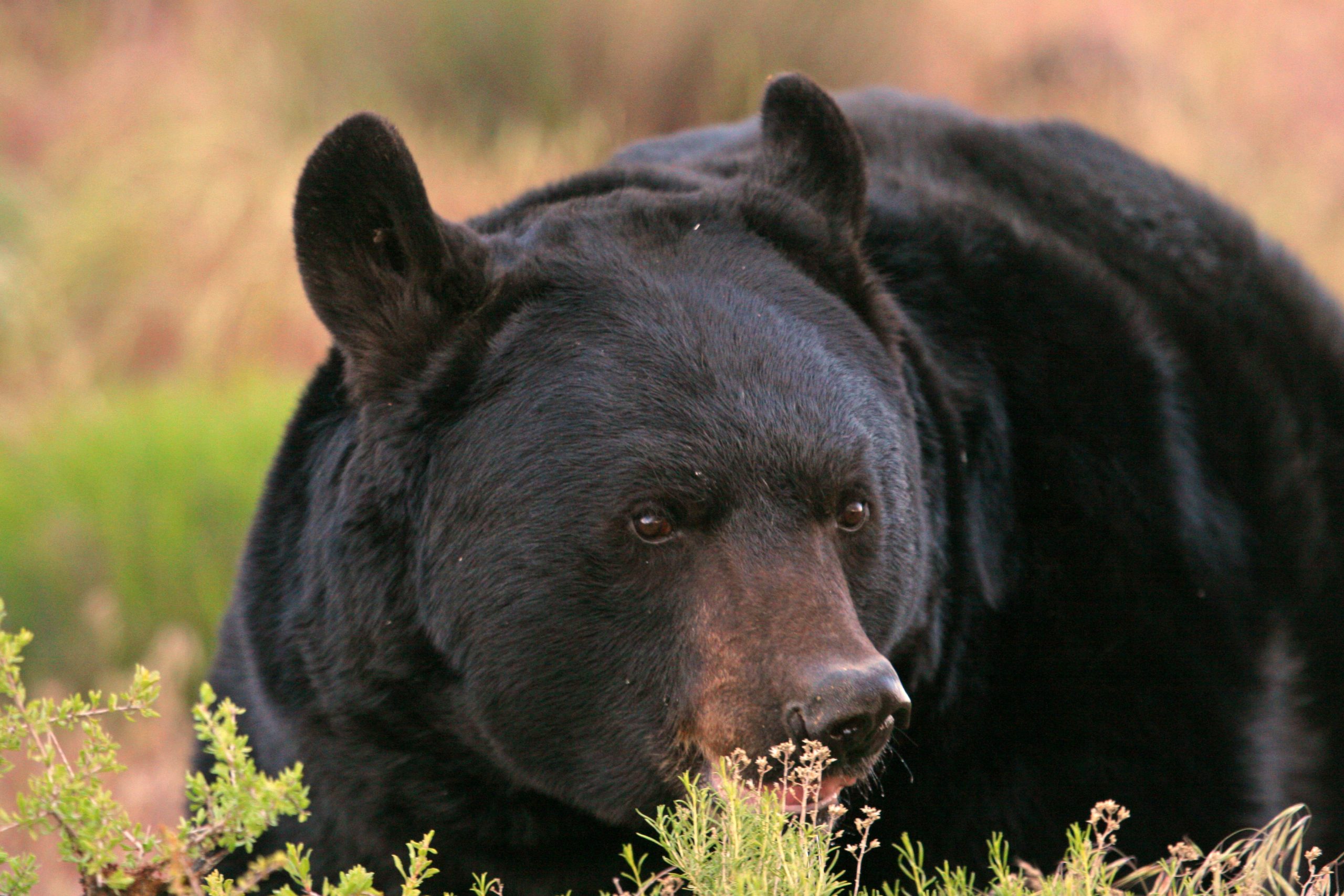Some information may be outdated.
Two hunters were charged with wildlife crimes after they allowed their hounds to terrorize a black bear in the La Sal Mountains in 2018. Once the bear was too exhausted to escape, they caged it for two days and then released it for the dogs to chase again. Video of the incident reached wildlife officials, who pursued legal action against the hunters.
Bear hunting (either to kill or pursue) with hounds is legal in Utah (with the proper permit), but there are rules to protect wildlife from excessive suffering. Following the incident in the La Sals, the Utah Division of Wildlife Resources made some changes to its black bear management policy, but some observers, including the Grand County Commission, are asking for more reforms as the agency prepares to revise the plan for 2023. At its Dec. 6 meeting, the Grand County Commission ratified a letter to the DWR calling for more changes to regulations related to bear pursuit.
The two hunters, William Tyler Wood of Florida and Clifford Stubbs of Utah, were convicted of misdemeanors but acquitted of a felony charge of wanton destruction of protected wildlife. Grand County’s letter argues that the agency’s policy is not strong enough and not clearly defined, resulting in the acquittal.
“The goal is to strengthen that rule to the point where those people aren’t going to get away with it,” said Commissioner Trisha Hedin, a hunter and former member of the Southeastern Regional Advisory Committee for the DWR.
The letter suggests several changes: that the DWR more clearly define terms in its policy; that a rule prohibiting running a bear to exhaustion be clarified and apply not just to repeated pursuits, but also single pursuits; that the DWR strengthen language requiring hunters to call dogs off a bear that’s at bay; and that it reduce the maximum number of hounds allowed in a pursuit from 16 to 8.
In a presentation on proposals to update the black bear management plan, Game Mammals Program Coordinator for the DWR Darren DeBloois said there’s a reason behind the current number of dogs allowed in bear pursuits. If dogs are chasing a large male bear, for example, they’re more likely to tree their prey faster with a larger pack, DeBloois said. That means a shorter chase and less stress for the bear.
Grand County’s letter also asks that the DWR prohibit pursuits in the fall, when bears are fattening up for hibernation; require all members of a hunt to obtain a permit to prevent nonresidents from illegally hunting bears in Utah; and require an ethics course as a condition of obtaining a permit for pursuing or killing a bear.
Moab resident Gerrish Willis, who once served on the Regional Advisory Committee, spoke at the commission meetings and advocated for closing the La Sals to hound hunting and pursuit altogether, considering how many other types of recreation are popular in the area and the possibility for user conflicts.
The DWR itself has proposed several changes to its 2023 black bear management plan, including tweaks to bait hunting rules and offering district biologists more flexibility in determining permit numbers. The plan is being discussed at RAC meetings around the state; the Southeastern Utah Regional Advisory Committee meeting was held on Dec. 7, and can be viewed on YouTube. Public comments can be submitted on the DWR website, wildlife.utah.gov.
Appreciate the coverage? Help keep local news alive.
Chip in to support the Moab Sun News.





